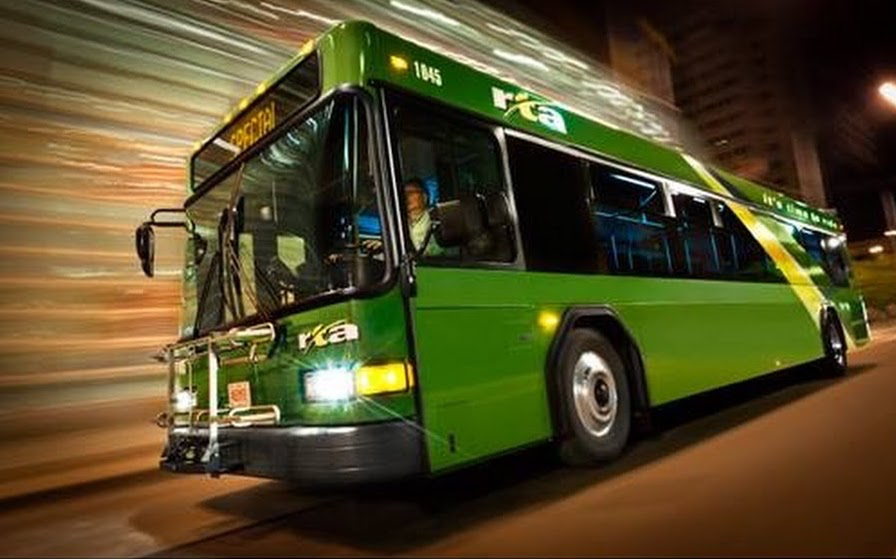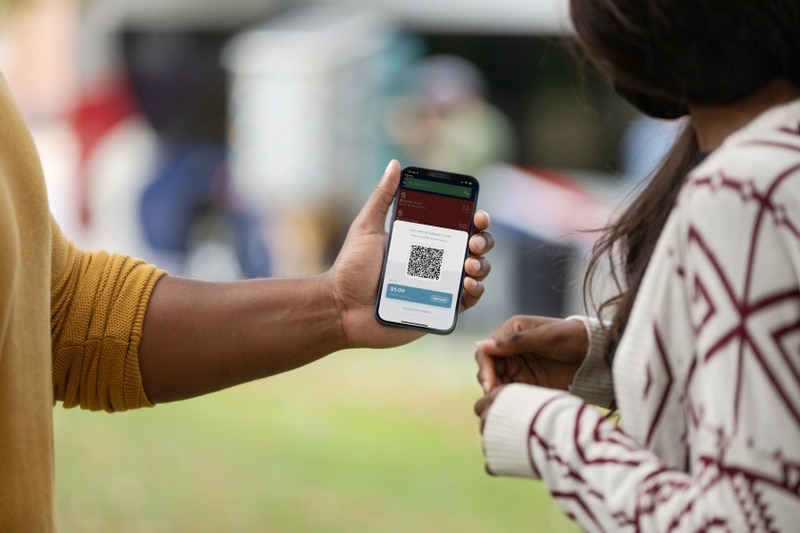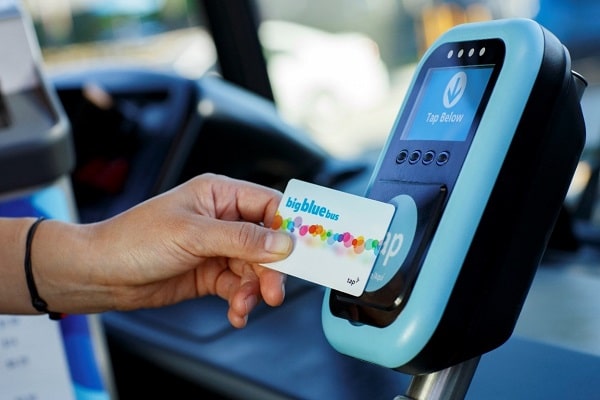
Article Highlights
Key Takeaway:
Greater Dayton RTA is among the few transit agencies in the U.S. to rid its vehicles of cash acceptance.
Key Data:
• Chart: Dayton RTA boardings by fare type
• Graphic: Timeline for Dayton RTA’s cashless journey
Organizations Mentioned:
• Dayton RTA
• Masabi
In the run-up to the elimination of cash fares on board its fixed-route buses and trolleybuses today, the Greater Dayton RTA had reduced cash payments to less than 10% of all trips, while 92% of the trips were paid for with digital payments–either contactless closed-loop cards or mobile ticketing, the agency told Mobility Payments.




















